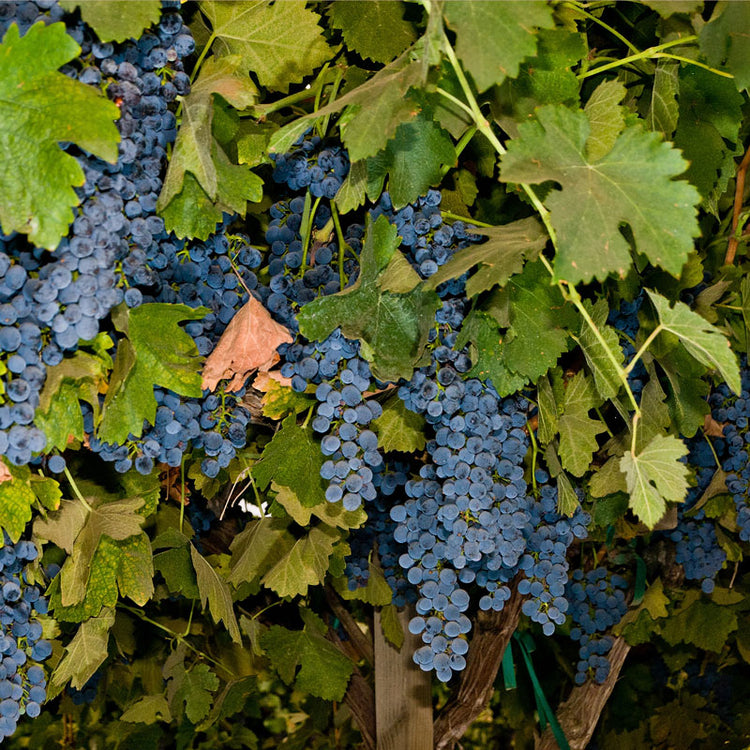Grapes have been cultivated for thousands of years, and they play a crucial role in the world of winemaking. Growing your own wine grape vines can be rewarding, whether you're a seasoned vintner or a beginner looking to explore the art of winemaking.
Variety Selection:
Seedless Varieties:
Seedless grape varieties are popular for those seeking a delightful table grape experience or aiming for fruit without seeds. Varieties such as Flame Seedless, and Niagra Seedless offer sweet, juicy grapes without the hassle of seeds. These varieties, while ideal for fresh consumption, can also be utilized for juicing, raisins, or even making jams and jellies.
Selecting from a range of seedless grape varieties depends on personal taste preferences and local climate conditions. Consult local experts or nurseries specializing in grapevines to find the suitable seedless varieties best suited to your region.
Planting and caring for seedless grape vines generally aligns with conventional grape growing practices. Adequate sun exposure, soil drainage, and regular care are crucial for nurturing these vines to yield bountiful, seedless grape clusters. Remember, while seedless grapes eliminate the inconvenience of seeds, they still require similar care and attention as seeded varieties to thrive and produce quality fruit.
By incorporating seedless grape vines into your vineyard, you can enjoy the pleasures of fresh, seedless grapes straight from the vine while exploring the nuances of grape cultivation and winemaking.
Site Selection:
The location of your vineyard is paramount to the success of your grapevines. Grapevines prefer well-drained soil and slopes that allow excess water to run off, preventing root rot. Good air circulation is crucial for preventing diseases, so avoid planting in low-lying areas where cold air can settle.
Full sunlight is essential for grapevine growth and fruit development. Ensure that your chosen site receives at least six to eight hours of direct sunlight per day.
Planting Vines:
-
Soil Preparation: Prepare the soil by amending it with organic matter and ensuring it has a pH level of around 6.0 to 6.5. Well-drained soil is crucial to prevent waterlogged roots.
-
Planting Depth: Dig a hole deep enough to accommodate the root system of your wine grapevine. Ensure that the graft union (if present) is above the soil level.
-
Support Structures: Wine grape vines require sturdy support structures. You can use trellises, pergolas, or arbors, depending on your preferences and space availability.
-
Pruning: Pruning is essential to encourage healthy growth and fruit production. Prune your vines during the dormant season, usually in late winter or early spring, before new growth begins.
-
Training: As your vines grow, train them along the support structure. Common training systems include the cordon, Guyot, and T-shaped systems, each with its own advantages and suitability for different varieties.
Caring for Vines:
-
Fertilizing: Conduct soil tests to determine nutrient deficiencies and fertilize accordingly. Generally, grapes benefit from balanced, slow-release fertilizers.
-
Disease and Pest Management: Watch for common grapevine diseases like powdery mildew and downy mildew. Regularly inspect your vines for signs of pests such as aphids and grapevine leafhoppers.
Harvesting and Winemaking:
Harvest time depends on the grape variety and desired wine style. Grapes for white wine are usually harvested earlier than those for red wine. Harvest in cool morning and gently handle the grapes to avoid bruising.
Once harvested, you can either make your wine or take the grapes to a winery for processing. The winemaking process includes crushing, fermentation, aging, and bottling.
Remember that patience is key when growing wine grape vines. It may take several years before your vines produce a significant harvest suitable for winemaking. However, the satisfaction of sipping your homemade wine made from grapes you cultivated yourself is a reward well worth the wait.
At Peaceful Valley, we offer one-year-old wine grape vines that are self-rooted from cuttings and grade number one with approximately eight inches of top growth. Growing wine grape vines can be a fulfilling journey that connects you to the ancient art of winemaking and the timeless beauty of vineyards. Whether you're a novice or a seasoned vintner, nurturing your own grapevines can lead to a delightful and rewarding wine experience.
For more information, enjoy the following resources:
Planting & Growing Grapes
Tips on Spur and Cane Pruning Your Grape Vines
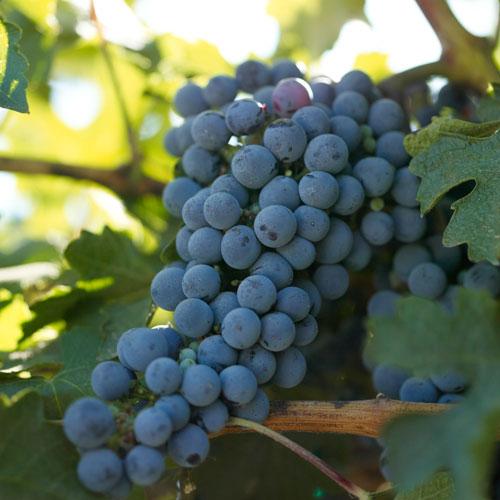 Sold out
Sold out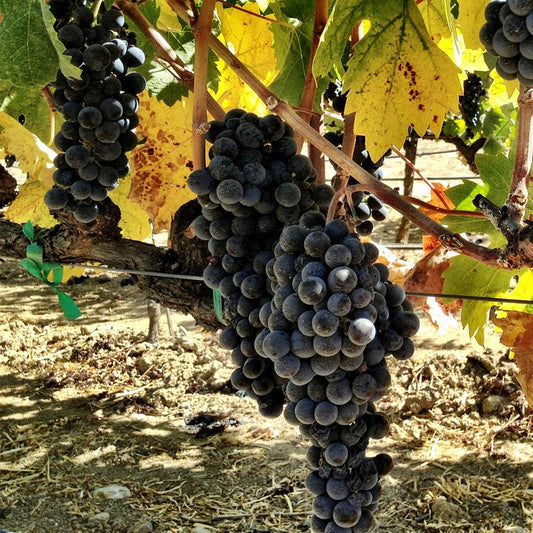 Sold out
Sold out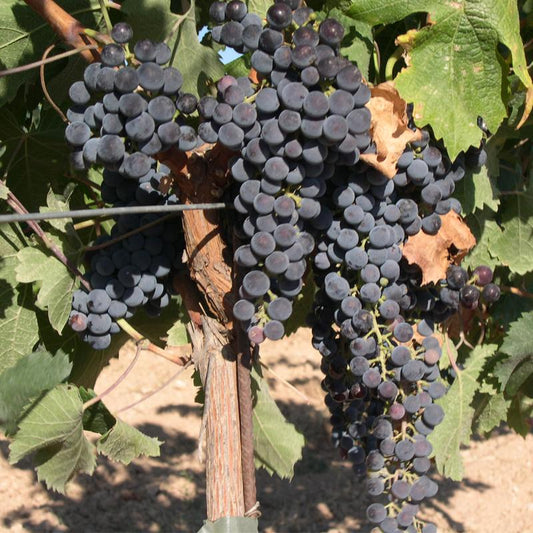 Sold out
Sold out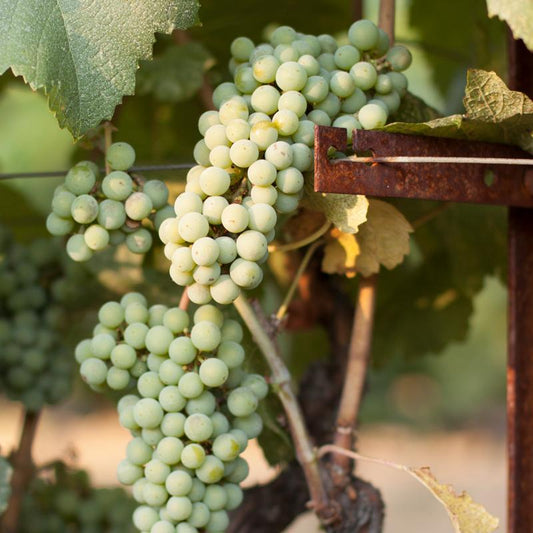 Sold out
Sold out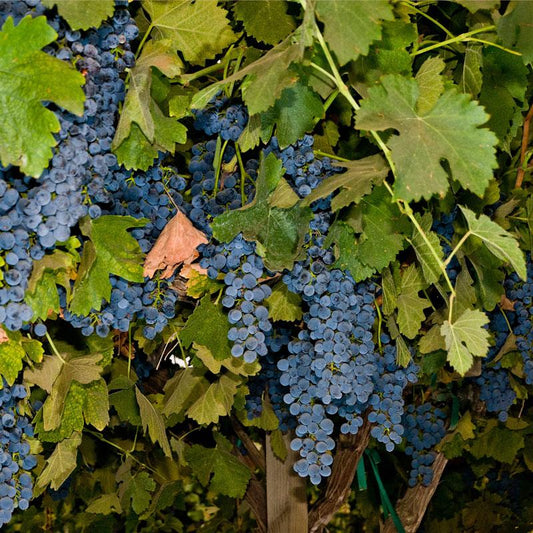 Sold out
Sold out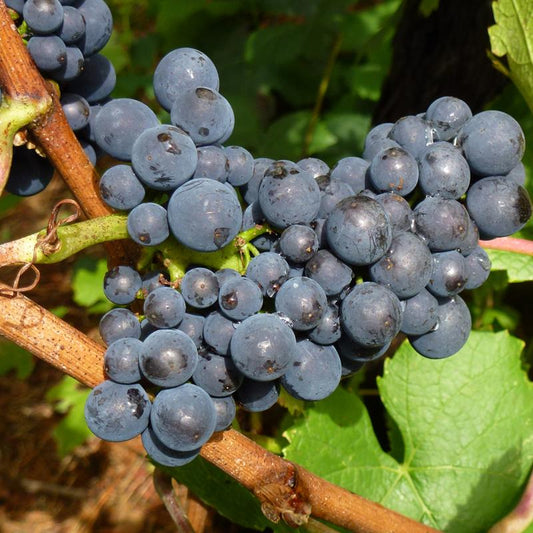 Sold out
Sold out







